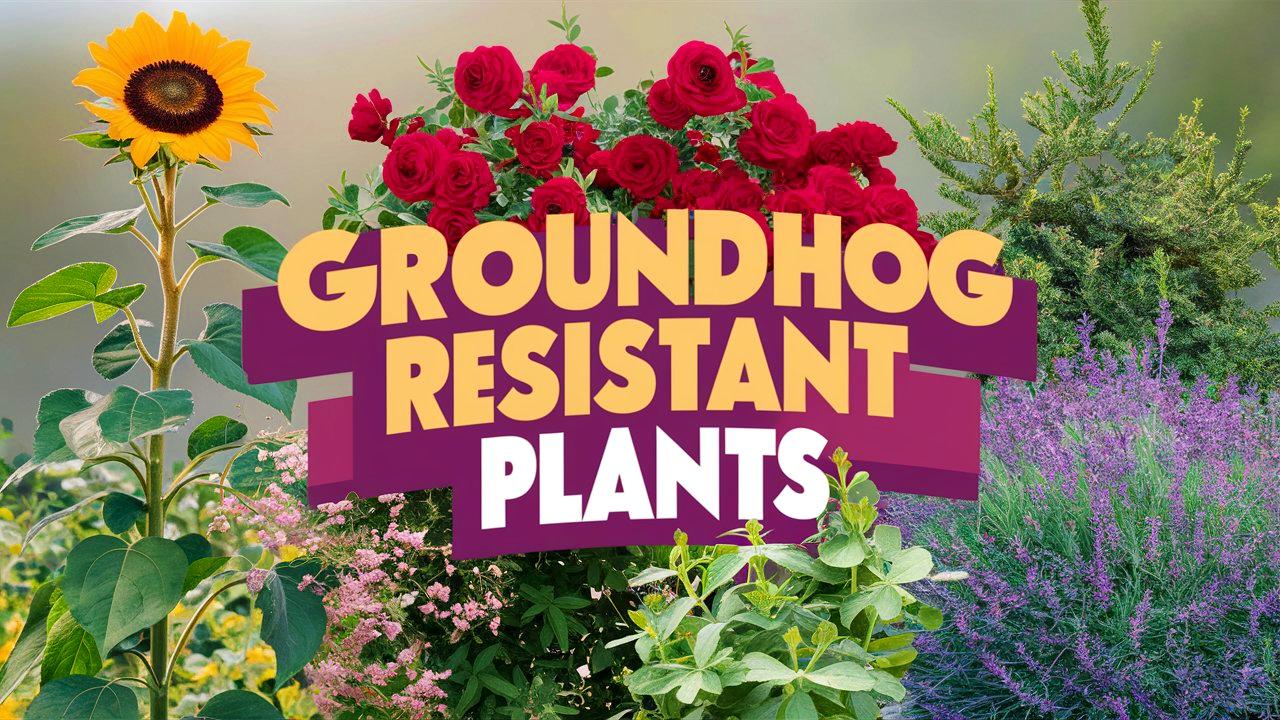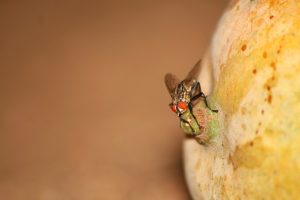Groundhogs, also known as woodchucks, can be a gardener’s nemesis. These burrowing creatures enjoy munching on a variety of plants, leading to frustration for those trying to cultivate gardens. However, certain plants are not only resistant to their appetite but can also add beauty and diversity to your garden landscape.
This guide explores an array of groundhog-resistant plants, detailing their characteristics, benefits, and cultivation tips.
Lavender
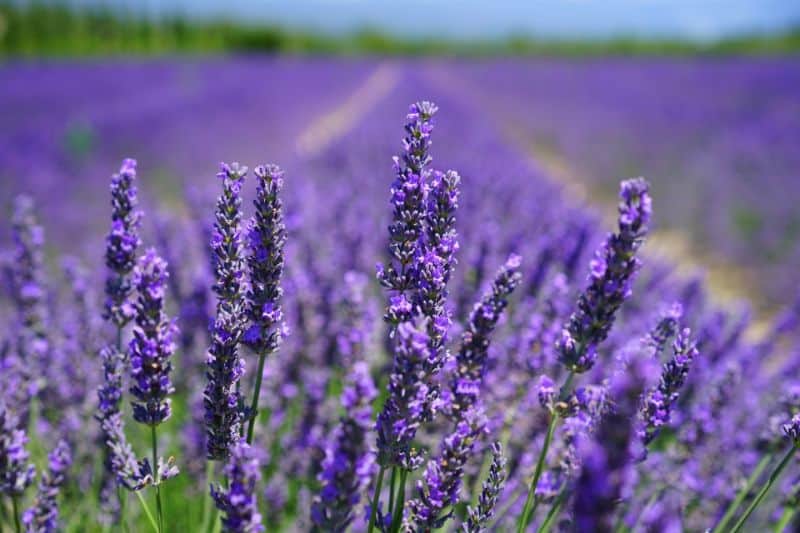
Lavender is a perennial favorite both for its aromatic qualities and its resilience. Its pungent scent is often off-putting to groundhogs, making it an excellent choice for any garden where these critters are a concern. Lavender thrives in well-drained soil and enjoys full sun, making it relatively easy to care for.
Beyond its groundhog resistance, lavender serves multiple purposes. It attracts beneficial insects, such as bees and butterflies, while deterring unwanted pests. Additionally, the dried flowers can be harvested for use in sachets or culinary applications, adding versatility to your garden.
To grow lavender successfully, it prefers dry conditions and should not be overwatered. Pruning after flowering will promote bushier growth and more blooms the following season, enhancing both beauty and fragrance.
Marigolds
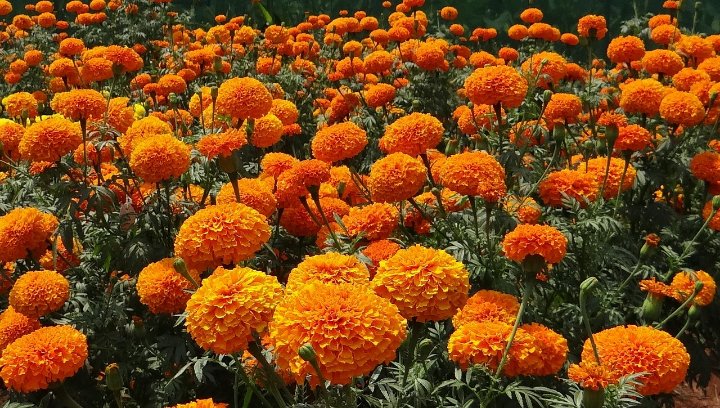
Vibrant and cheerful, marigolds are hardy annuals that not only bring color to your garden but also serve as a natural pest repellent. Their strong scent is unappealing to groundhogs, making them a protective border plant in your garden.
Marigolds are particularly effective at repelling nematodes and other garden pests, helping to keep the surrounding plants healthy. With varieties ranging from dwarf to tall, they can fill various garden roles, from borders to dedicated flower beds.
These flowers are easy to grow from seed or transplants and can bloom from spring until frost, ensuring consistent visual interest. They prefer full sun and well-drained soil but are adaptable to a wide range of conditions, making them an excellent choice for any gardener seeking groundhog-resistant options.
Mint
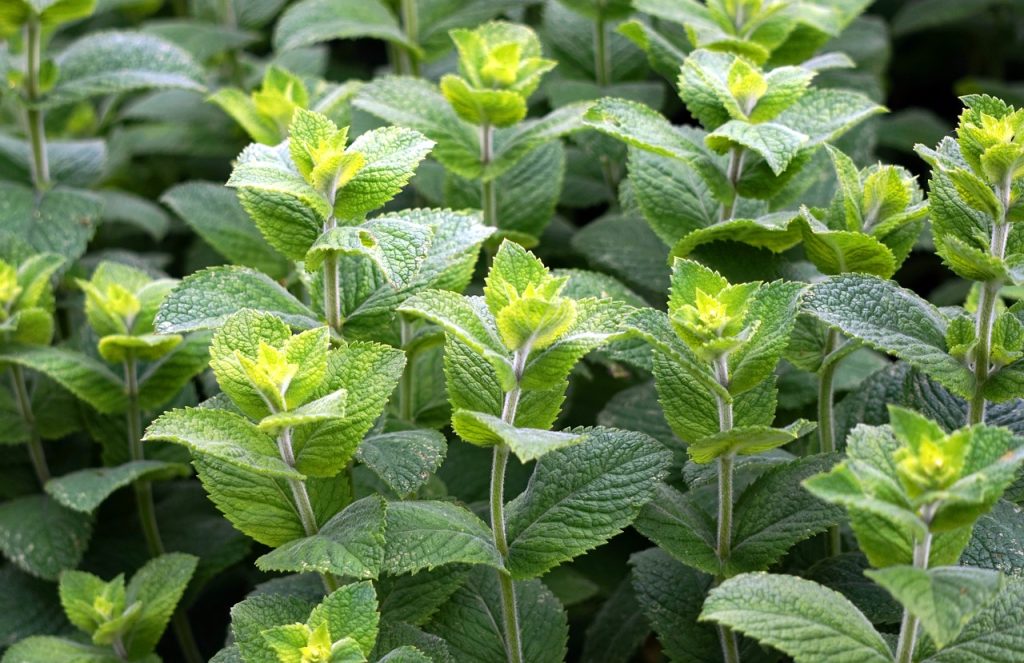
Mint is renowned for its potent aroma, which serves as a strong deterrent for groundhogs. The vigorous growth habit of this hardy herb means you can cultivate it in both ornamental and edible gardens. Be cautious, though—mint spreads aggressively, so consider planting it in pots to contain its growth.
With a range of varieties, such as spearmint and peppermint, mint is versatile in the kitchen. It can be used in beverages, salads, and as a flavorful garnish. Furthermore, mint attracts pollinators and can improve the biodiversity of your garden.
Plant mint in partial shade to full sun, and ensure it has adequate moisture but not soggy soil. Regular harvesting not only keeps its growth in check but also encourages denser foliage, amplifying its aromatic qualities.
Garlic
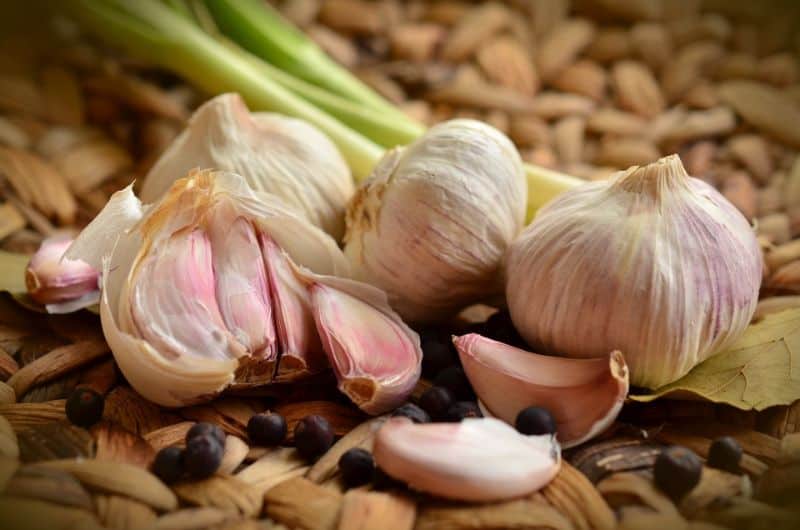
Garlic is a kitchen staple that also has the added benefit of being unappealing to groundhogs. Its strong scent is known to deter many pests. In addition to its culinary applications, garlic can be planted in companion planting arrangements to protect other plants from infestations.
Growing garlic requires well-drained soil and full sun. It can be planted in the fall for a summer harvest, or in early spring for a late-summer bounty. Garlic not only gives an excellent yield in small spaces but also adds valuable nutrients to your soil as it decomposes.
Garlic can also harness its pest-repelling qualities by creating a garlic spray—this mixture can be used to deter groundhogs and other garden intruders without harming beneficial insects.
Daffodils
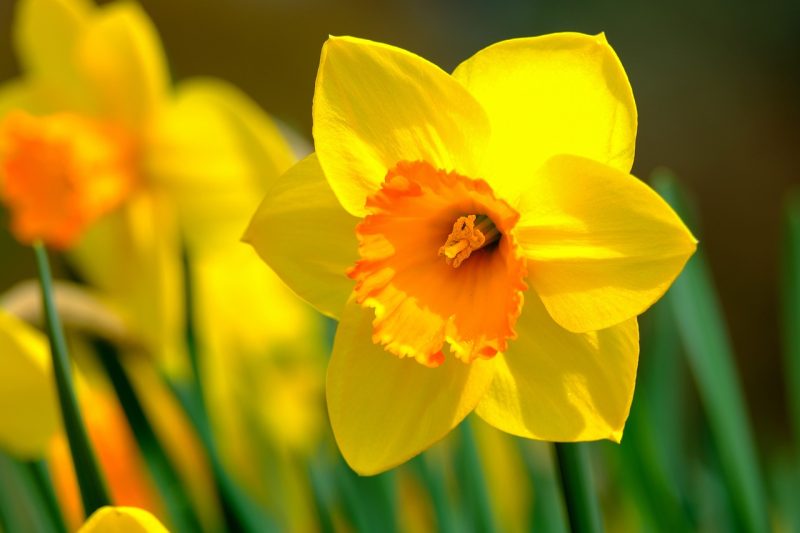
Daffodils, with their bright yellow blooms, are a delightful addition to any garden. They are not only beautiful but also serve as a natural deterrent to groundhogs. The bulb contains toxic alkaloids that are unappealing to many animals, resulting in a plant that thrives in the face of herbivorous threats.
These hardy perennials are low-maintenance, thriving in a variety of soil types provided they have good drainage and receive moderate sunlight. Daffodils are usually among the first flowers to bloom in spring, providing early color in your garden.
Plant daffodil bulbs in autumn for a stunning display the following spring. By creating clusters of these charming flowers, you can enhance their visual impact while simultaneously protecting more vulnerable plants nearby.
Chives
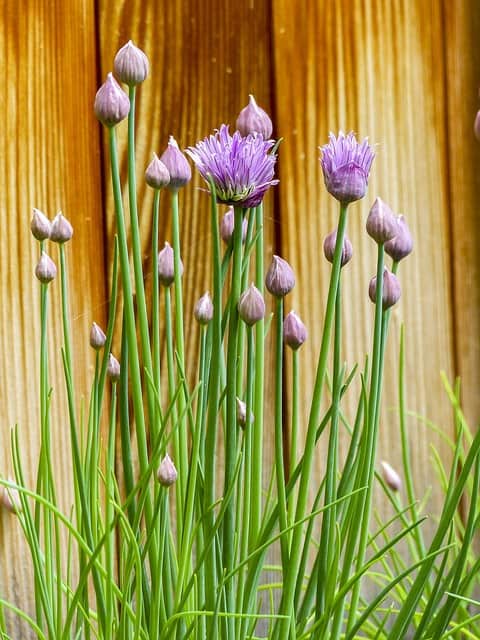
Chives, a perennial herb in the onion family, possess a strong scent that is not favored by groundhogs and other mammals. Their thin green stems and vibrant purple blooms not only enhance the aesthetics of your garden but also serve as excellent culinary herbs.
Chives are ideal companions for many garden plants, as they can help repel aphids and other pests, even while attracting pollinators. They thrive in well-drained soil and full sun, allowing for easy cultivation.
Harvesting chives is simple; you can snip the tops as needed throughout the growing season. Ensuring the plant is adequately watered will result in lush growth, offering a steady supply of fresh herbs for culinary endeavors.
Snapdragons
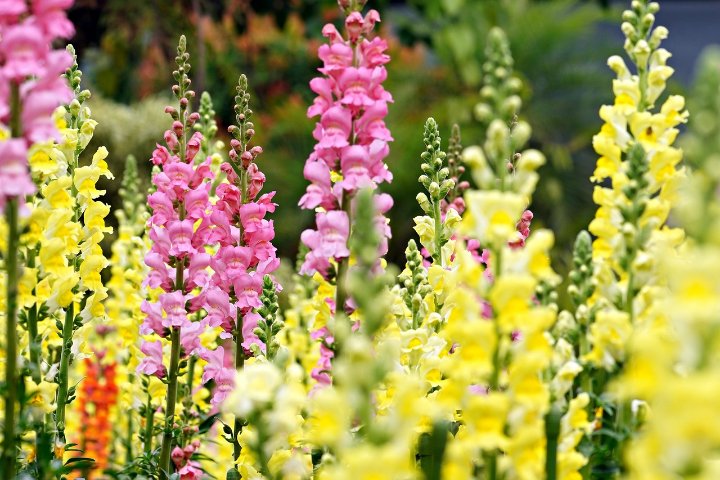
Snapdragons present both beauty and practicality, as these annual flowers can deter groundhogs with their unique taste. Available in a range of colors and heights, snapdragons are versatile additions to flower beds and borders.
These plants thrive in well-drained soil and prefer full sun, blooming profusely throughout the growing season. They possess an upright growth habit, which can create a striking vertical element in your arrangements.
Snapdragons are excellent for cutting gardens, often lasting longer than other cut flowers. Their blooms can also attract hummingbirds, enriching the biodiversity of your garden.
Thyme

Thyme is another aromatic herb that can deter groundhogs while adding culinary value. This hardy perennial is not only resilient in various garden conditions but also prefers well-drained soil and full sun.
Growing thyme is relatively easy; it makes a wonderful ground cover and can survive in lean soils. With its delightful fragrance and tiny flowers, thyme attracts beneficial insects while repelling undesired pests.
Thyme can be harvested throughout the growing season. Pruning back the plants in late summer encourages bushier growth. Its versatility makes it suitable for culinary uses, from seasoning dishes to garnishing cocktails.
Rosemary

Rosemary is a wonderfully aromatic evergreen shrub known for its culinary uses and ornamental appeal. Its strong scent is off-putting to groundhogs, which makes it a favorable choice for a groundhog-resistant garden.
Thriving in warm, sunny locations, rosemary prefers well-drained soil. It can be grown in pots or directly in the ground, making it versatile for a range of gardening setups.
Aside from its resistance to groundhogs, rosemary is highly valued for cooking, especially in Mediterranean dishes, lending flavor to meats, breads, and vegetables. Regular pruning not only maintains the plant’s shape but also promotes healthy growth and increased flavor intensity in the leaves.
Oregano
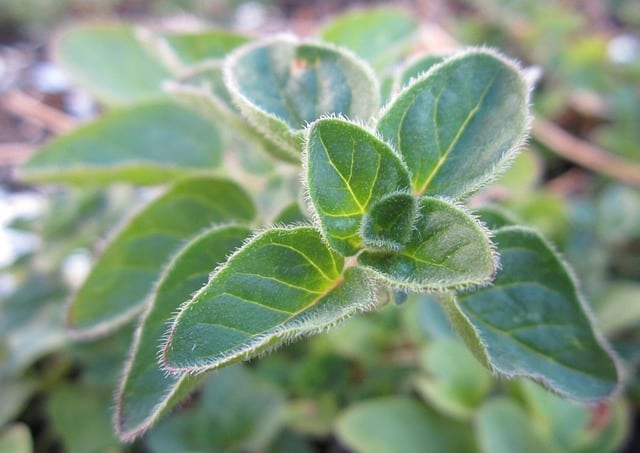
Oregano is a beloved culinary herb in Mediterranean dishes and, like other herbs in the mint family, has a scent that effectively deters groundhogs. This perennial plant is not only drought-resistant once established but is also low-maintenance, making it ideal for home gardeners.
Oregano thrives in lean, well-drained soil and prefers full sun. By growing it in a herb garden or alongside other plants, oregano can help protect them by keeping groundhogs at bay.
Harvesting is typical as the plant grows; snipping off stems encourages new shoots and leaves. Oregano can be utilized fresh in cooking or dried for longer storage, ensuring a flavorful addition to meals throughout the year.
Basil
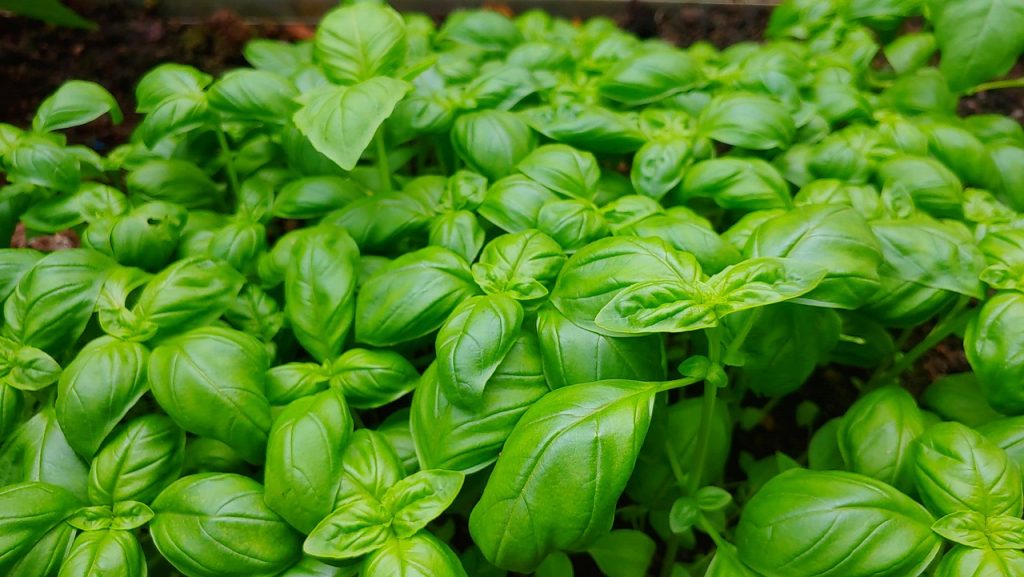
Basil, a fragrant annual herb, is a popular choice for both culinary and ornamental purposes. Its strong aroma acts as a repellent to groundhogs and many other pests. Basil requires warm temperatures to grow, making it ideal for summer gardens.
It prefers well-drained soil and full sun, thriving when given adequate moisture. Regularly pinching back leaves encourages bushier growth and more flavorful foliage.
Basil is versatile in the kitchen, perfect for Italian dishes, salads, and pestos. It’s particularly effective as a companion plant, as it repels aphids and whiteflies while attracting beneficial pollinators.
Sage
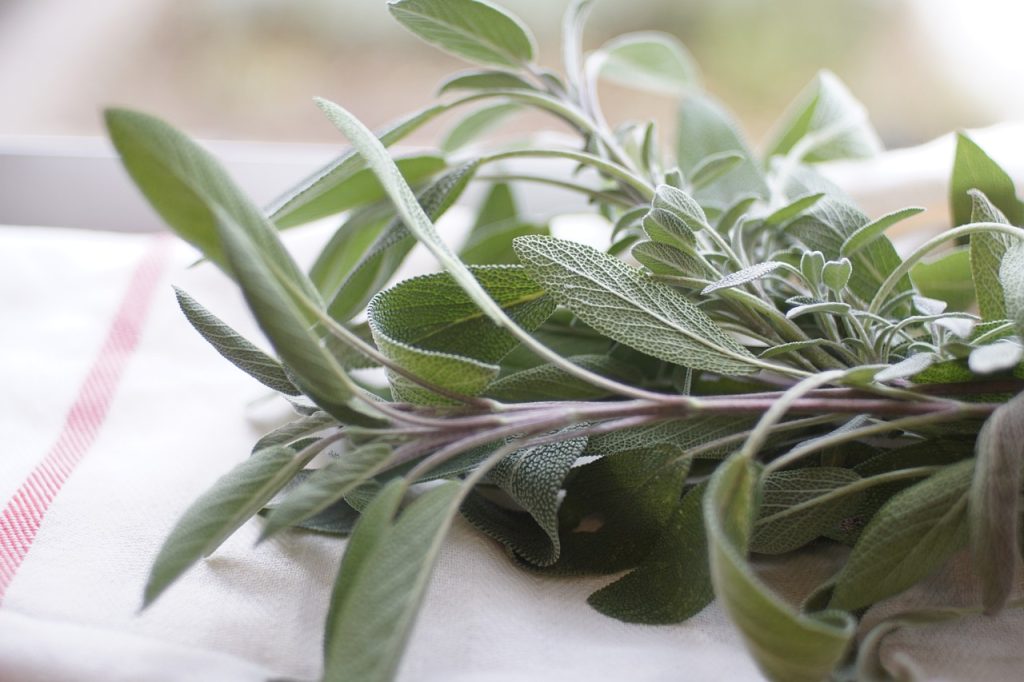
Sage, an aromatic herb, is well-known for its culinary uses and its resilience against groundhogs. Its strong scent can deter these pests while enhancing dishes with its flavorful leaves.
This hardy perennial thrives in full sun and requires well-drained soil. Sage can tolerate drier conditions once established, allowing it to flourish in various garden environments.
Sage is frequently used in savory dishes, particularly those involving meats and stuffing. Its leaves can be harvested continually throughout the growing season, providing a steady source of flavor for your kitchen.
Alliums
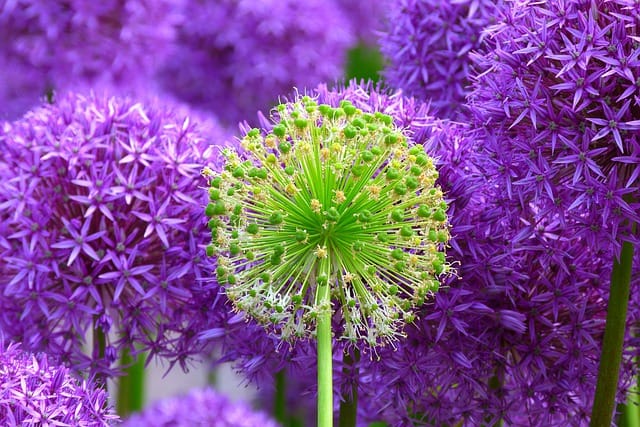
Alliums, such as onions, garlic, and leeks, belong to a family of plants that tend to repel groundhogs with their potent flavors. Certain ornamental varieties, such as flowering alliums, can also deter herbivores while offering stunning spherical blooms in your garden.
Easy to grow, alliums prefer sunny locations and well-drained soil. By planting them in clusters, you can significantly enhance your garden’s visual appeal while taking advantage of their pest-repelling properties.
They also attract beneficial insects while deterring many harmful pests, making them a practical choice for integrated pest management in gardens. Alliums can be used in cooking or simply enjoyed for their ornamental value.
Fennel
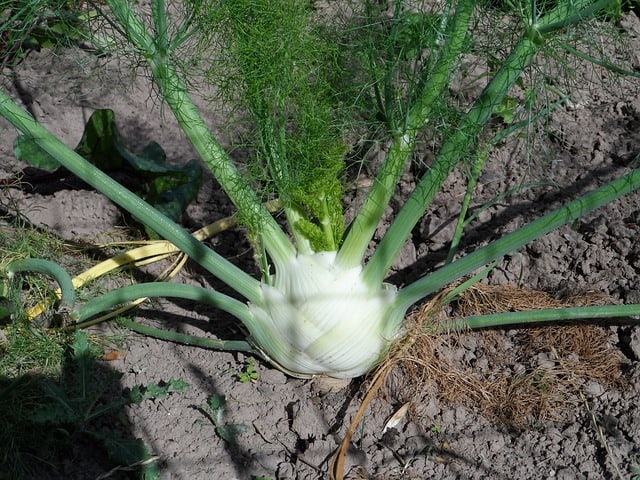
Fennel is a unique addition to any garden, known for its tall, feathery fronds and distinct anise-like flavor. Its aromatic properties can deter groundhogs while attracting beneficial insects and pollinators.
This perennial herb prefers full sun and tends to thrive in well-drained soil. While fennel can be grown from seeds or seedlings, it requires regular watering, especially during dry spells.
In the kitchen, both the bulb and fronds are edible, offering versatility in salads, soups, and as a seasoning. Fennel’s bold stature also makes it an attractive border plant that adds height and visual interest.
Hyssop
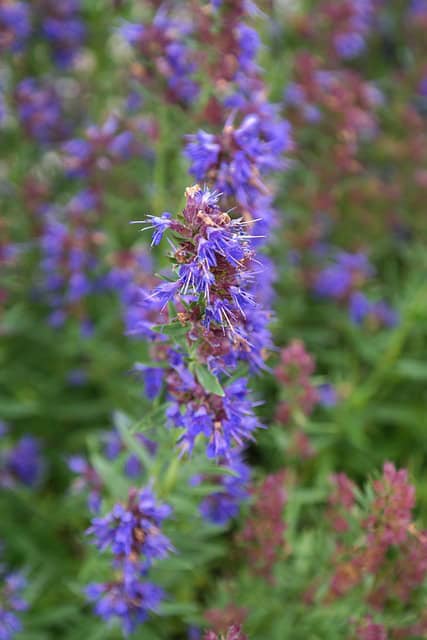
Hyssop is an aromatic herb known for its ability to deter a variety of pests, including groundhogs. With its tall spikes of blue or purple flowers, hyssop not only offers beauty but also enhances garden biodiversity by attracting bees and butterflies.
This hardy perennial prefers well-drained soil and full sun. Hyssop is drought-tolerant once established, thriving in lean soils where other plants may struggle.
The leaves and flowers are edible and can be used in various culinary applications, including teas and salads. Hyssop also has traditional medicinal uses, making it a valuable addition to herbal gardens.
Catnip
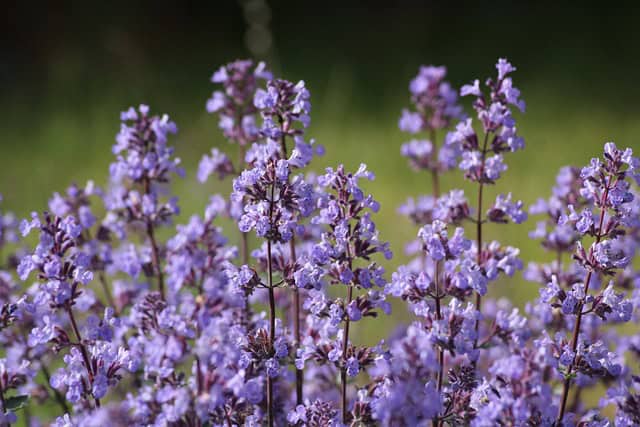
Catnip is renowned for its intoxicating effects on felines, but it is also a highly effective plant for deterring pests, including groundhogs. Its strong minty scent can repel these creatures while attracting beneficial insects.
Growing catnip is easy, as it is a hardy perennial that prefers full sun and well-drained soil. Once established, catnip can spread and become a significant portion of your garden, so it may be wise to control its growth.
Catnip can be harvested and dried for your pets or brewed into herbal teas for humans, offering a delightful and aromatic experience. Its pleasant fragrance will enhance the sensory appeal of your garden while keeping groundhogs at bay.
Bee Balm
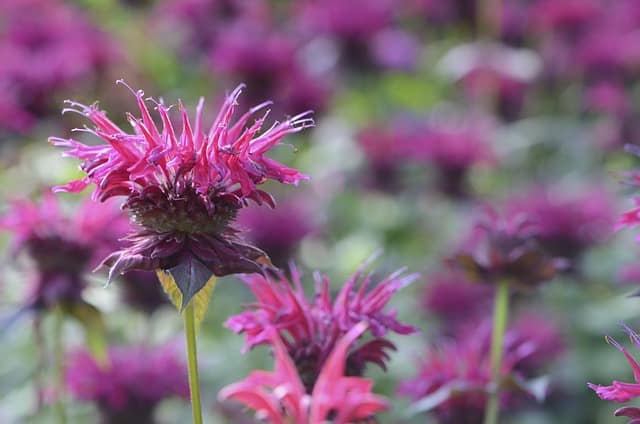
Also known as Monarda, bee balm is a stunning flowering plant that serves as a magnet for pollinators while also resisting groundhog attention. The vibrant blooms can be red, pink, purple, or white, creating a colorful summer display.
Bee balm thrives in sunny locations and prefers moist, well-drained soil. It can reach heights of up to four feet, making it a dramatic addition to gardens.
This plant is also beneficial for culinary uses; the leaves can be used for teas, and its flowers are edible, adding color to salads. Additionally, its essential oil is popular for medicinal purposes, making bee balm an all-around valuable plant.
Calendula
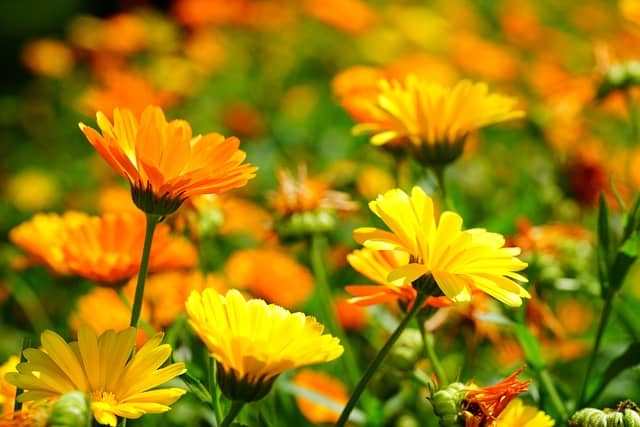
Calendula, often referred to as pot marigold, boasts bright orange and yellow flowers that can complement any garden. Its vibrant blooms and pleasant scent can deter groundhogs while attracting pollinators like bees and butterflies.
These annual plants prefer full sun and well-drained soil. Calendula is known for its ability to self-seed, making it a convenient option for continuous blooms each year.
In addition to their beauty, calendula flowers are edible and can be used in salads, garnishes, and herbal remedies. Their petals are commonly used in skin treatments, adding to their usefulness in both culinary and medicinal applications.
Petunias
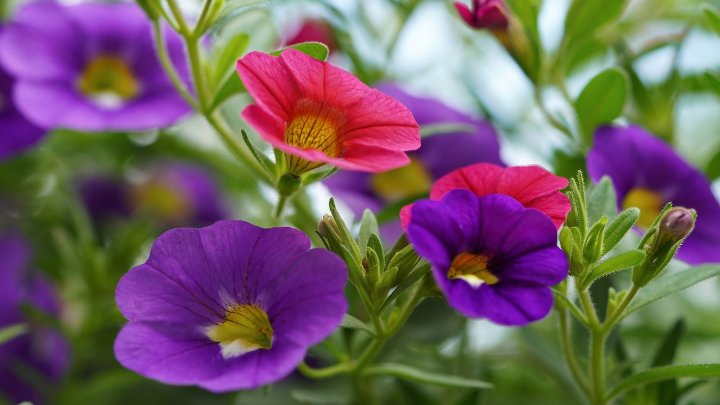
Petunias are popular annual plants prized for their rich colors and delightful fragrance. The strong scent of petunias can deter groundhogs, making them an excellent choice for borders or container gardens.
These flowers prefer well-drained soil and full sun, thriving with regular watering. Petunias offer an array of colors, making them versatile for creating visually appealing landscapes.
In addition to their aesthetic value, petunias can attract pollinators, enriching biodiversity in the garden. They are relatively low-maintenance, providing a long flowering season with proper care.
Rhubarb
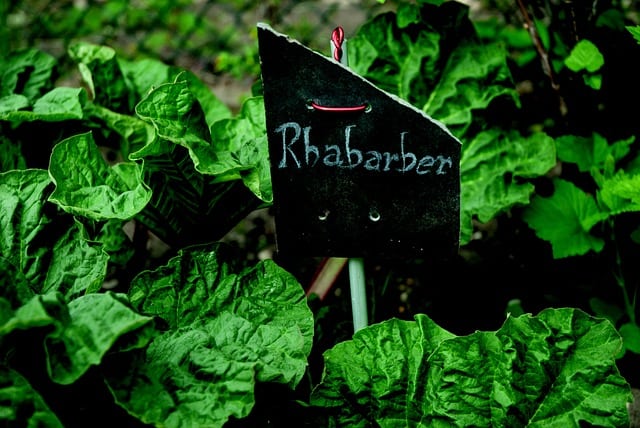
Rhubarb, with its large leaves and thick stalks, is not only a culinary favorite but also an effective groundhog deterrent. The sour taste of rhubarb can keep these creatures from foraging in your garden.
This perennial plant thrives in full sun and prefers well-drained, nutrient-rich soil. Rhubarb requires ample space to grow, making it best suited for larger garden plots.
In the kitchen, the stalks are used in pies, jams, and other dishes, bringing a unique tartness to desserts. As a low-maintenance plant, rhubarb can provide a bountiful harvest for years with proper care.
Cilantro
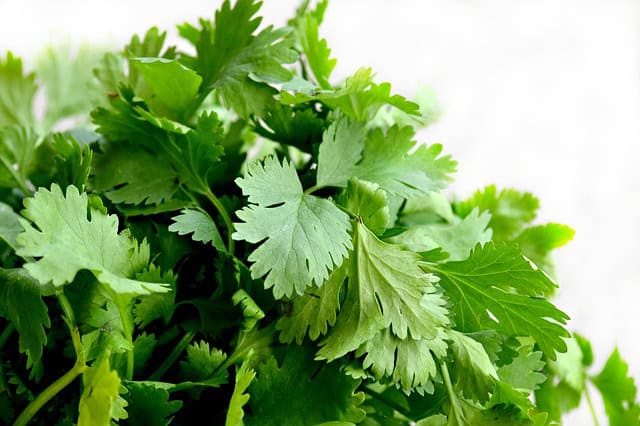
Cilantro, also known as coriander, is an annual herb that can add flavor and variety to your garden. Its scent can deter groundhogs, making it a useful companion plant for protective gardens.
Cilantro prefers cool-weather conditions, flourishing in both spring and fall and thriving in well-drained soil with partial to full sun. This herb can grow in small spaces, making it a perfect addition to container gardens or small plots.
The fresh leaves are commonly used in culinary dishes, particularly in Asian and Mexican cuisines. Cilantro’s vibrant foliage not only adds culinary benefits but also enhances the visual appeal of your garden.
Euphorbia
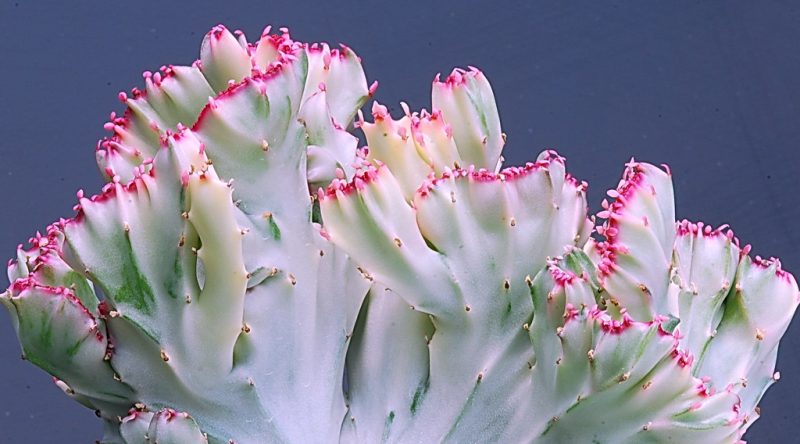
Euphorbia is a diverse genus with various ornamental and perennial varieties. Its milky sap can be irritating to many mammals, including groundhogs, making it a practical option for repelling these garden invaders.
Euphorbias are adaptable plants that thrive in a range of conditions, preferring well-drained soil and full sun. They often produce unique and attractive flower structures that can enhance the visual interest of your garden.
Incorporating euphorbia into your garden can provide a stunning focal point while simultaneously deterring herbivores. Many varieties are drought-tolerant, making them ideal for low-water landscapes.
Foxglove
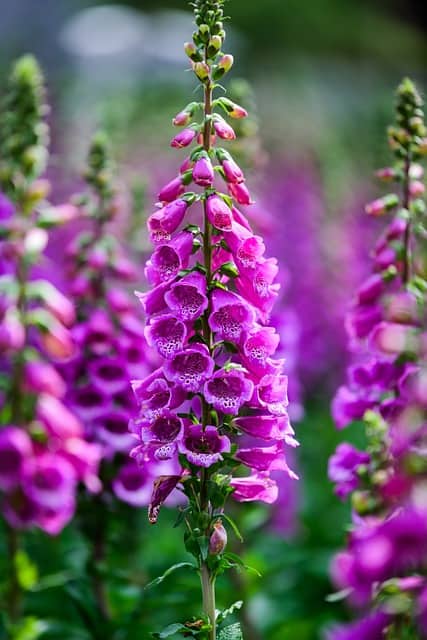
Foxglove is a stunning biennial or perennial plant known for its tall spikes of tubular flowers, which can come in various colors. The toxicity of this plant can deter groundhogs, making it a visually appealing and practical choice for gardens.
Foxglove thrives in partial shade and prefers well-drained, nutrient-rich soil. Its tall structure can create stunning vertical interest in flower beds or borders.
While foxglove is not edible due to its toxic properties, its beauty and ability to attract pollinators make it a valuable garden addition. Care should be taken to keep it out of reach of pets and children due to its poisonous compounds.
Lantana
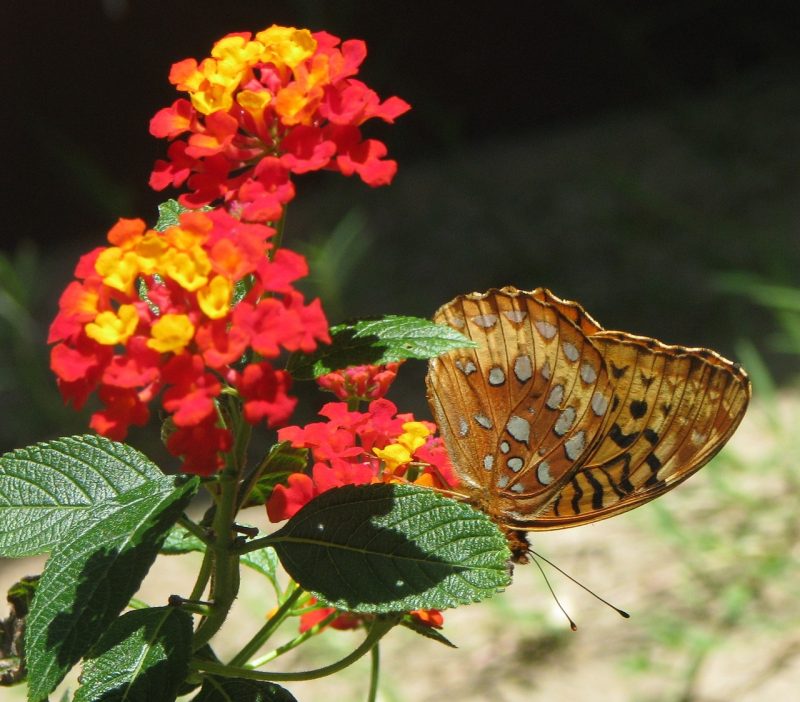
Lantana is a resilient flowering plant known for its clusters of small, vibrant blooms that attract butterflies and other pollinators. Its strong scent can deter groundhogs, making it a versatile option for garden landscapes.
This drought-tolerant perennial thrives in full sun, preferring well-drained soil. Lantana can be grown in containers or as ground cover and can withstand a variety of soil conditions.
With its enduring blooms that can last throughout the summer and into early fall, lantana adds continuous color to gardens. Its low maintenance requirements make it a favorite for gardeners seeking groundhog-resistant plants.
Horehound
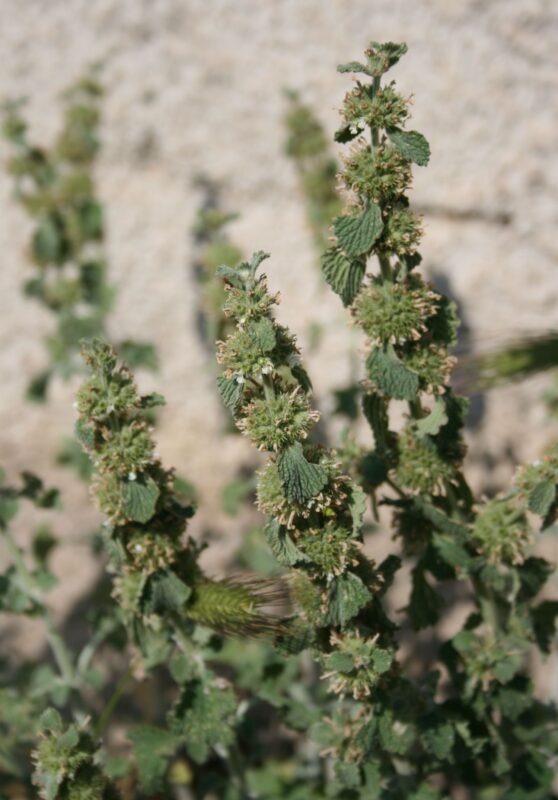
Horehound is an aromatic herb traditionally used for its medicinal properties and pleasant scent. Its strong aroma can deter groundhogs, providing a practical solution for pest management in your garden.
This perennial herb prefers well-drained, sandy soil and full sun. Horehound can thrive in dry conditions, making it a resilient option for low-water gardens.
In addition to its pest-repelling qualities, horehound is commonly used in herbal teas and candies. Its unique flavor and medicinal benefits add value to both culinary and health-related uses.
Rue
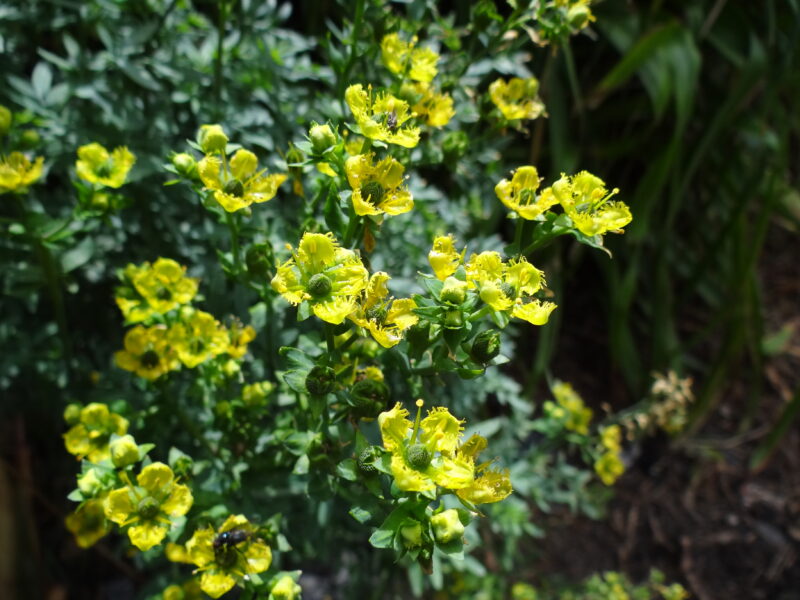
Rue is an aromatic herb well-regarded for its strong scent, which can effectively deter groundhogs and other herbivores. This hardy perennial can be grown in various conditions, preferring full sun and well-drained soil.
While rue has a historical presence in traditional medicine and folklore, it is also used as a protective plant in gardens. Its bitter leaves are known to be distasteful to many pests.
Companion planting with rue can help protect more vulnerable plants nearby. While its culinary uses are limited due to its bitterness, rue’s protective capacity makes it a valued plant in many gardens.
Wormwood

Wormwood is a perennial herb characterized by its silvery leaves and potent scent. Its aroma can work as a deterrent for groundhogs and other wildlife, making it a wise choice for pest control in gardens.
This drought-tolerant plant thrives in sunny, well-drained conditions. Wormwood can develop into a shrubby form, providing visual interest alongside its pest-repelling properties.
Historically, wormwood has been used in traditional medicine and brewing, though caution should be exercised regarding its consumption due to its strong chemical constituents. Nonetheless, wormwood remains an effective plant for integrated pest management.
Yarrow
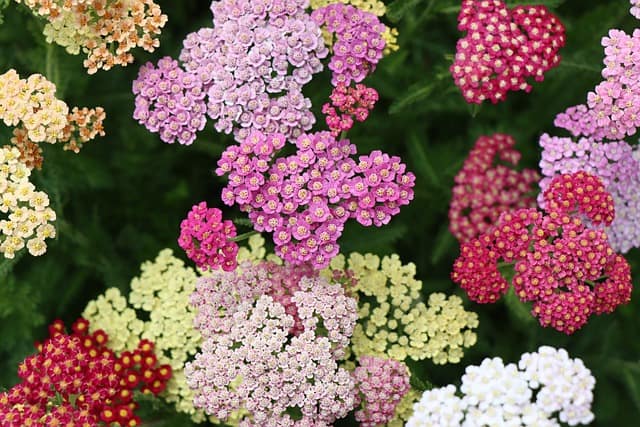
Yarrow is a hardy perennial known for its fern-like foliage and clusters of small flowers, which can come in numerous colors. Its strong scent makes it unappealing to groundhogs, allowing it to flourish in the presence of herbivores.
This resilient plant thrives in well-drained soil and tolerates a variety of conditions, including drought. Its ability to attract beneficial insects and pollinators enhances garden biodiversity.
Yarrow has several medicinal properties and can be used in herbal remedies. Its versatility, resilience, and beauty make it a valuable addition to groundhog-resistant gardens.
Zinnias
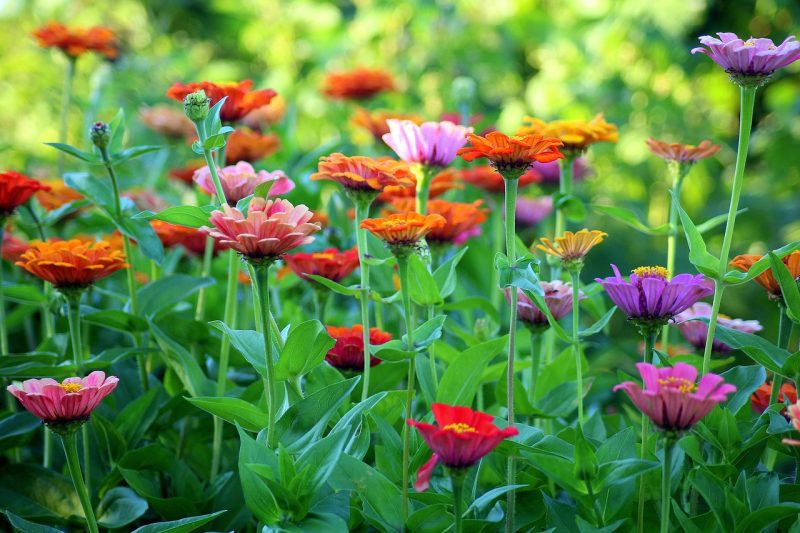
Zinnias are colorful annuals beloved for their bright, long-lasting blooms. Their strong scent can deter groundhogs, while their vibrant hues enhance any garden landscape.
These flowers are easy to grow and thrive in full sun, preferring well-drained soil. Zinnias offer prolonged blooms throughout the summer, providing continuous color and variety.
Additionally, zinnias attract butterflies, enriching garden biodiversity and creating a lively atmosphere. Their low-maintenance nature and resistance to various pests make them suitable for any gardener concerned about groundhogs.


